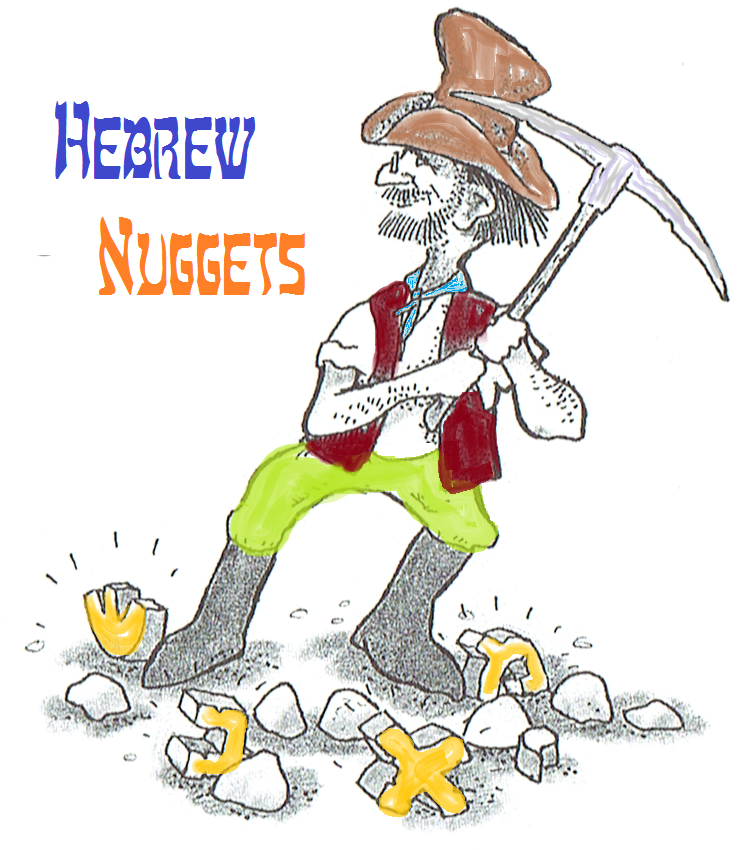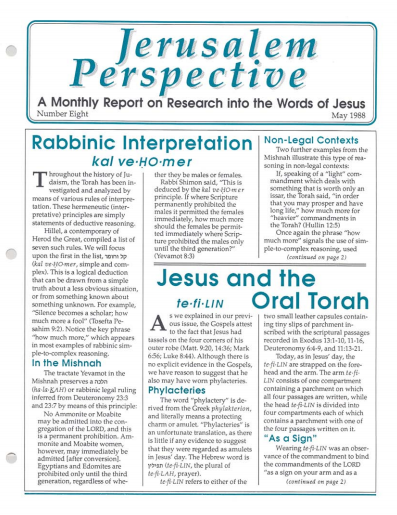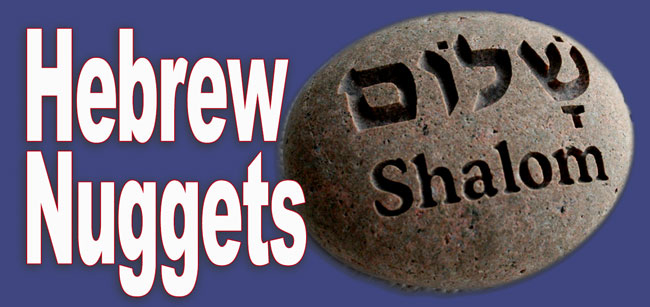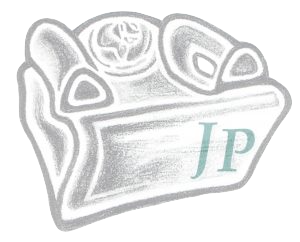Revised: 19-Aug-2015
 Like the pa·TAḤ, ka·MATS represents the “a” sound, as in “father.” In ancient times there was a difference in the length of these two vowels. Modern Hebrew, however, does not distinguish between them. In the system of transliteration used in “Hebrew Nuggets,” we indicate both the ka·MATS and the pa·TAḤ with the letter “a.”
Like the pa·TAḤ, ka·MATS represents the “a” sound, as in “father.” In ancient times there was a difference in the length of these two vowels. Modern Hebrew, however, does not distinguish between them. In the system of transliteration used in “Hebrew Nuggets,” we indicate both the ka·MATS and the pa·TAḤ with the letter “a.”
We now have learned all the new elements in the word אַבָּא. Together, the words יֵשׁוּעַ and אַבָּא have taught us five consonant symbols and four vowel symbols.
We also have learned that the shin is pronounced “sh” when there is a dot at its upper right-hand corner (שׁ), but “s” when the dot is at the shin’s upper left-hand corner (שׂ). Likewise, we have learned two different pronunciations of the letter bet—“b” when it has a dot in its center (בּ), and “v” when there is no dot (ב).
Paid Content
Premium Members and Friends of JP must be logged in to access this content: Login
If you do not have a paid subscription, please consider registering as a Premium Member starting at $10/month (paid monthly) or only $5/month (paid annually): Register
One Time Purchase Rather Than Membership
Rather than purchasing a membership subscription, you may purchase access to this single page for $1.99 USD. To purchase access we strongly encourage users to first register for a free account with JP (Register), which will make the process of accessing your purchase much simpler. Once you have registered you may login and purchase access to this page at this link:
For the transliteration system used in this series, click here.
































































































